Related Research Articles

Royal Botanic Gardens, Kew is a non-departmental public body in the United Kingdom sponsored by the Department for Environment, Food and Rural Affairs. An internationally important botanical research and education institution, it employs 1,100 staff. Its board of trustees is chaired by Dame Amelia Fawcett.
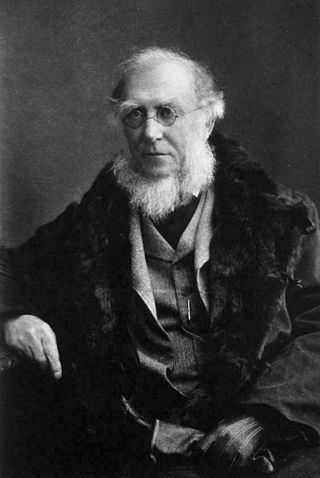
Sir Joseph Dalton Hooker was a British botanist and explorer in the 19th century. He was a founder of geographical botany and Charles Darwin's closest friend. For 20 years he served as director of the Royal Botanical Gardens, Kew, succeeding his father, William Jackson Hooker, and was awarded the highest honours of British science.

George Bentham was an English botanist, described by the weed botanist Duane Isely as "the premier systematic botanist of the nineteenth century". Born into a distinguished family, he initially studied law, but had a fascination with botany from an early age, which he soon pursued, becoming president of the Linnaean Society in 1861, and a fellow of the Royal Society in 1862. He was the author of a number of important botanical works, particularly flora. He is best known for his taxonomic classification of plants in collaboration with Joseph Dalton Hooker, his Genera Plantarum (1862–1883). He died in London in 1884.
Sir Edward James Salisbury CBE FRS was an English botanist and ecologist. He was born in Harpenden, Hertfordshire and graduated in botany from University College London in 1905. In 1913, he obtained a D.Sc. with a thesis on fossil seeds and was appointed a senior lecturer at East London College. He returned to University College London as a senior lecturer, from 1924 as a reader in plant ecology and from 1929 as Quain Professor of botany.
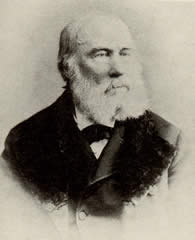
Walter Hood Fitch was a botanical illustrator, born in Glasgow, Scotland, who executed some 10,000 drawings for various publications. His work in colour lithograph, including 2700 illustrations for Curtis's Botanical Magazine, produced up to 200 plates per year.

Johan Martin Christian Lange was a prominent Danish botanist.
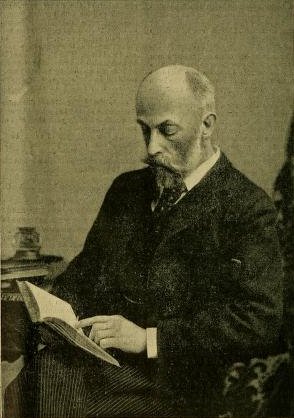
Sir William Turner Thiselton-Dyer was a leading British botanist, and the third director of the Royal Botanic Gardens, Kew.
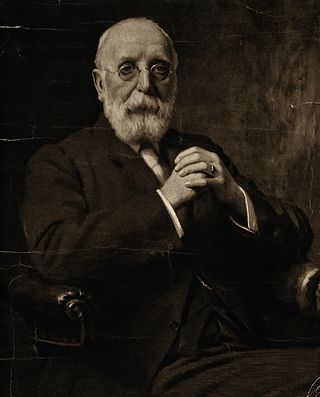
Benjamin Daydon Jackson was a pioneering botanist and taxonomer who wrote the first volume of Index Kewensis to include all the flowering plants.

Sir David Prain was a Scottish botanist who worked in India at the Calcutta Botanical Garden and went on to become Director of the Royal Botanic Gardens, Kew.

Supplementum Plantarum Systematis Vegetabilium Editionis Decimae Tertiae, Generum Plantarum Editiones Sextae, et Specierum Plantarum Editionis Secundae, commonly abbreviated to Supplementum Plantarum Systematis Vegetabilium or just Supplementum Plantarum, and further abbreviated by botanists to Suppl. Pl., is a 1782 book by Carolus Linnaeus the Younger. Written entirely in Latin, it was intended as a supplement to the 1737 Genera Plantarum and the 1753 Species Plantarum, both written by the author's father, the "father of modern taxonomy", Carl Linnaeus.
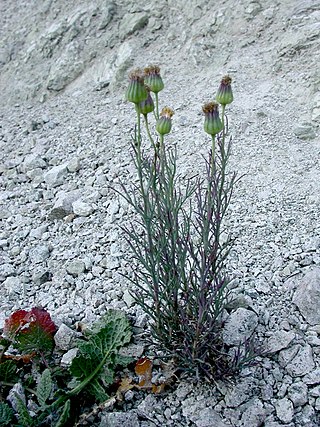
Senecio tripinnatifidus is a species of the genus Senecio and family Asteraceae and is a native of Chile.
Desmostachya is a genus of grass in the family Poaceae. It is native to Africa and Asia.

Acokanthera oblongifolia is a plant in the family Apocynaceae. It grows as an evergreen shrub or small tree up to 6 metres (20 ft) tall. Its fragrant flowers feature a white tinged pink corolla. The berries are purple when ripe. Its habitat is dry forest and coastal thickets. Acokanthera oblongifolia is used in local African medicinal treatments for snakebites, itches and internal worms. The plant has been used as arrow poison. The species is native to Mozambique and South Africa.
Jean Kickx Son of Jacques Kickx and Marie van Esschen was a Belgian botanist and mineralogist. His son Jean Kickx (1803-1864) and grandson Jean Jacques Kickx (1842-1887) both became professors of botany at the University of Ghent.

Echinocereus fasciculatus, commonly known as pinkflower hedgehog cactus, is a clumping cactus (Cactaceae) with brilliant magenta flowers and long spines found in the Sonoran Desert.
Mantissa Plantarum Altera is an illustrated book with botanical descriptions which was edited by the Swedish naturalist Carl Linnaeus in the year 1771.
Aulonemia gueko is a species of bamboo in the genus Aulonemia. It is part of the grass family and endemic to Latin America.

Isopogon linearis is a small shrub in the family Proteaceae that is endemic to the southwest of Western Australia.

Corynaea crassa, commonly known as Peruvian Viagra or huanarpo macho is a species of parasitic flowering plant in the family Balanophoraceae found in South and Central America. Described in 1856 by Joseph Dalton Hooker, it is the sole member of the monotypic genus Corynaea.
References
- 1 2 3 Lughadha, Eimear Nic; Okada, M; Hirata, Y; Saito, T; Arisato, N; Ishigaki, S; Niitsu, Y (April 29, 2004). "Towards a working list of all known plant species". Philos Trans R Soc Lond B Biol Sci. 359 (1444): 681–687. doi:10.1098/rstb.2003.1446. PMC 1693359 . PMID 15253353.
- ↑ "Kew's oldest project celebrates 130 years | Kew". www.kew.org. Retrieved 2024-06-26.
- ↑ Jackson 1893, Hooker JD. Preface, in.
- ↑ Arthur D. Chapman (14 December 2006). "Australian Flora and Fauna Series - Number 12. Australian Plant Name Index". Australian Biological Resources Study, Canberra. Australian National Botanic Gardens.
Introduction to the original 1991 printed version
- ↑ Bower, Frederick Orpen (1913). "Sir Joseph Dalton Hooker 1817—1911". In Francis Wall Oliver (ed.). Makers of British Botany. London: Cambridge University Press. pp. 314–315.
- ↑ Jackson 1893.
- ↑ "Reference Works, Bibliographies, etc". Data and Publications. Royal Botanic Gardens, Kew. Archived from the original on 2009-05-07. Retrieved 2018-04-02.
Cumulated Index Kewensis: Original 2 volumes plus supplements 1-16: Microfiche version of cut-up set in Kew Library.
- ↑ "About the Index Kewensis". International Plant Names Index. 2004.